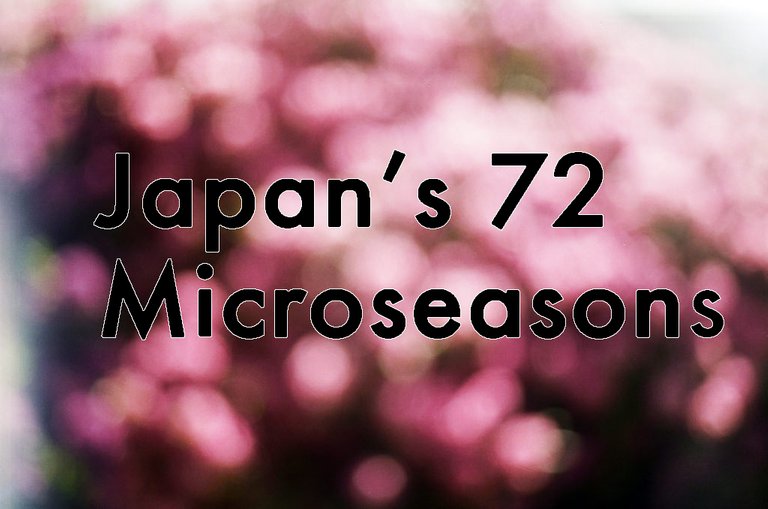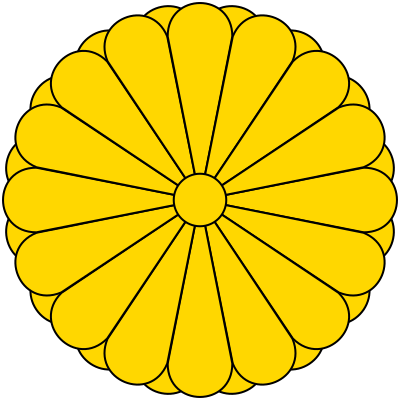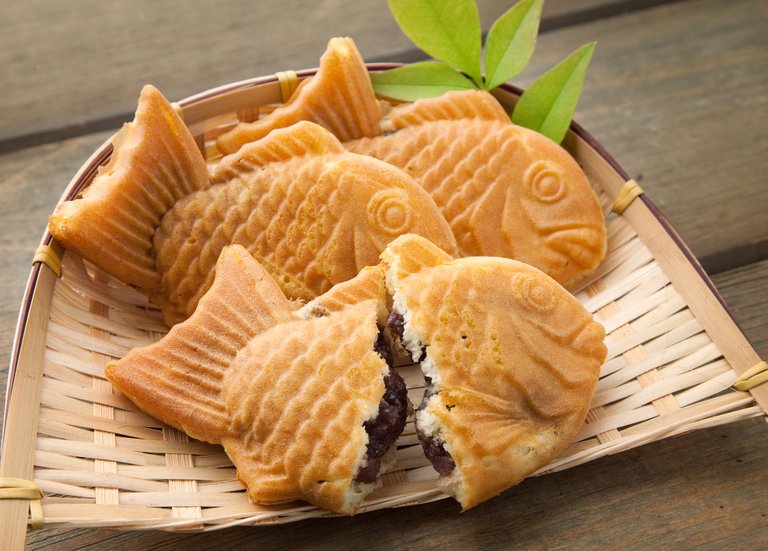Microseason Forecast for Oct 13-17 ~ Notes from the Japanese Almanac

Today begins a new microseason! If this is your first time joining us, scroll down past the forecast to read about what exactly a microseason is. For the rest of you, let’s jump in!
The Current Microseason: The Chrysanthemums Bloom
Today, 13 Oct, begins 菊花開, the 50th microseason (候, kō) which is read kiku no hana hiraku and means the chrysanthemums bloom. This is the second microseason of Kanro, which is itself the 5th solar term of autumn.
The flower was brought over from China in the 5th century by Buddhist monks as a medicine to treat chest pain, high bloods pressure, headaches, and dizziness. The upper class believed the flower would prolong life but also came to admire it for its beauty.
The chrysanthemum is a special flower in Japan as it is the symbol of the imperial house and their family crest (紋, mon).

The crest has 16 petals. Interestingly, during the period of northern and southern courts (南北朝時代, Nanboku-chō jidai), 1336–1392, the emperors of the Southern Court adopted a 17 petal version of the crest to differentiate themselves from the Northern Court.
There are chrysanthemum flower shows and festivals all over Japan around now.

Seasonal Vegetable
The seasonal vegetable is Adzuki Beans (小豆、azuki). These are available and popular all year, but they are fresh at this time of year.

They are used for a great many Japanese sweets, including a favorite of my kids, taiyaki, and Doraemon’s favorite dorayaki.



But those sweets use a mashed form usually with sugar or some other sweetener added. The beans themselves have a more earthy taste which I love. They are said to be good for digestion and heart health (due to their folate, potassium, magnesium, and fiber content). They also contain zinc, copper, and other minerals that make them good for our bones.
All in all, great food!
@koto-art had a great post recently looking at making a adzuki bean dish. Go check it out.
Here is a haiku for this microseason:
朝茶飲む僧静かなり菊の花 芭蕉
Asacha nomu so shizuka nari kiku no hana
drinking morning tea,
the monk is at peace
chrysanthemum blossoms
—Bashō
Bashō wrote this what staying at Shōzui temple, a zen temple. Chrysanthemum blossoms have long been brewed in tea in Japan to calm nerves, among other things.
Now let’s contrast this zen, atmospheric, peaceful haiku with one from the great humanist Issa:
夕暮や馬糞の手をも菊でふく 一茶
yūgure ya ma-guso no te wo mo kiku de fuku
this evening
wiping horse poop from my hand
using a chrysanthemum
—Issa
As beautiful as the flower may be, function beats form any day in Issa’s book. You use what’s available!

Will move this info to another post soon, but for now, briefly:
- each month has two seasons, giving us 24 seasons, which are called solar terms. This gives the system its name, the 24 Sekki (二十四節気). I usually refer to this entire system as The Japanese Almanac. It is more than a little similar to the American Farmer’s Almanac.
- each of these 24 seasons is further divided three more times, giving us a grand total of 72 seasons. There aren’t many English translations for these 72 seasons, but the few that exist seem to have settled on calling them microseasons, so I will use that here as well.
- each microseason is about 5 days. With time periods so short, they can get pretty specific about what in nature we might expect to be happening around now.
- The system was originally from China, but it was reformatted during the Edo era (1603–1868) to fit better with Japan’s climate. I find it also fits fairly well with much of the Eastern half of the US. But if you live in a different area, your milage may vary.
- The entire system is based on the equinoxes and solstices, so it is fluid and the exact dates will vary from year to year. Luckily there are a great many Japanese sources that do the astrological computations for us and tell us exactly when each one starts and ends every year.

The next microseason start on Oct 18th. See you then for the next forecast!
❦
 |
David LaSpina is an American photographer and translator lost in Japan, trying to capture the beauty of this country one photo at a time and searching for the perfect haiku. |
If this blog post has entertained or helped you, please follow/upvote/reblog. If you want to further support my writing, donations are welcome.
Electronic-terrorism, voice to skull and neuro monitoring on Hive and Steem. You can ignore this, but your going to wish you didnt soon. This is happening whether you believe it or not. https://ecency.com/fyrstikken/@fairandbalanced/i-am-the-only-motherfucker-on-the-internet-pointing-to-a-direct-source-for-voice-to-skull-electronic-terrorism
OMG... your photos made me hungry again after my lunch. Sweets are Betsubara! I love taiyaki and dorayaki. Good with haiku!
hahaha yep, there is always room for dessert!
This post has received a 100.00% upvote from @fambalam! Join thealliance community to get whitelisted for delegation to this community service.